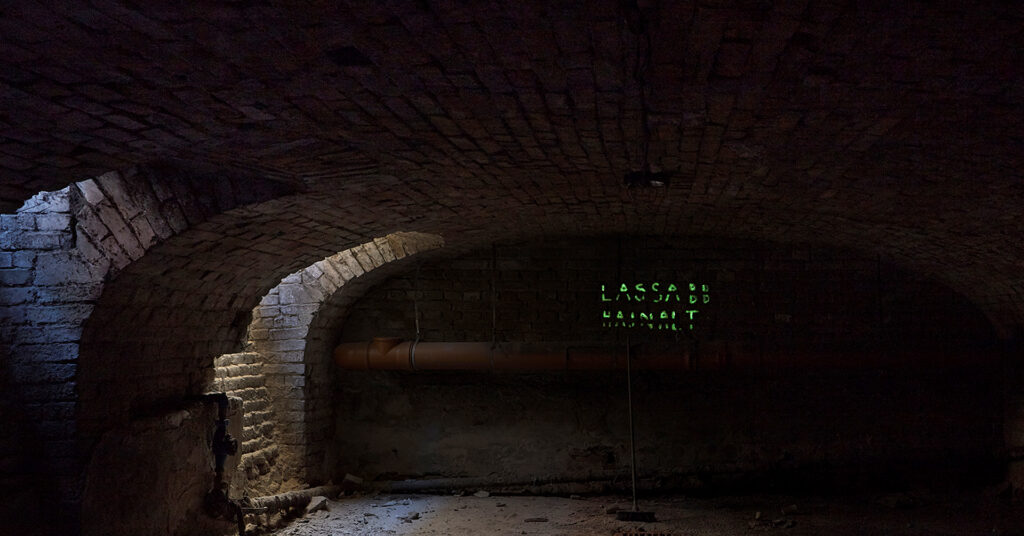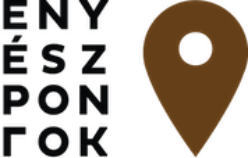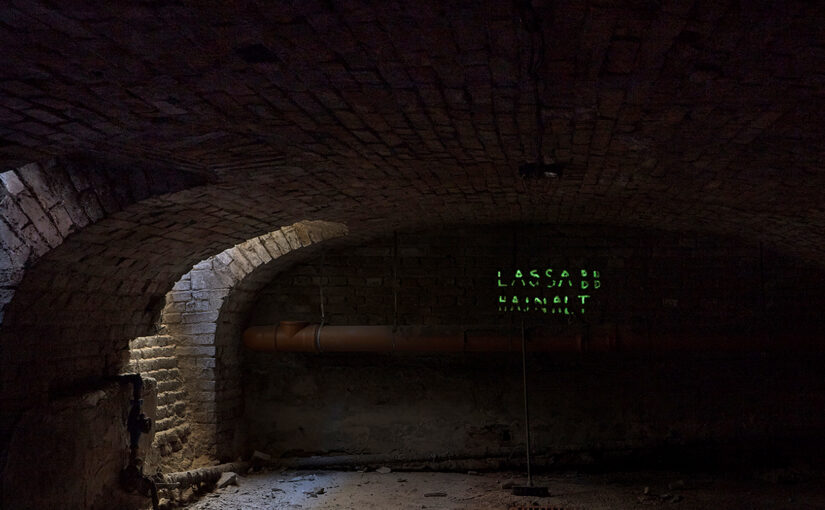
Lassabb Hajnalt! Enyészpontok 4.0 – kortárs reflexiók a rendszerváltáskori antiszemitizmusra és zsidó identitásra / A Slower Dawn! Vanishing Points 4.0 – Contemporary reflections on antisemitism and Jewish identity after the fall of the Iron Curt
A rendszerváltás a politikai és gazdasági változásokon túl a társadalmat is jelentős mértékben átalakította. Sok olyan tabut is a felszínre hozott, amelyről a szocializmus évtizedei alatt korlátozottan lehetett csak beszélni mind személyes, mind társadalmi szinten. Ilyen volt a zsidó származás kérdésköre is, így sokaknak saját zsidó identitásuk (újra) felfedezése is a kilencvenes évek időszakára tehető: a formálódó intézményrendszer részeként szervezetek, csoportok, iskolák és más kezdeményezések alakultak, és a vallási élet is látható módon fellendült. Ezzel párhuzamosan a Kádár-korszakban szintén felszín alatt létező antiszemitizmus is egyre nagyobb teret nyert a közbeszédben és a publicisztikákban is. A felkért művészek a kiállításra létrehozott alkotásaikban egyfelől ezekre a folyamatokra reagálnak, másfelől pedig a rendszerváltás időszakát a jelenkorral összekötő társadalmi és történeti összefüggésekre mutatnak rá.
A 2015-ben indított Enyészpontok projektsorozat középpontjában a 20. század különböző korszakaiban megjelenő antiszemitizmus és a zsidó identitás kérdése áll. Először azok a budapesti helyszínek kerültek fókuszba, amelyek 1944-45-ben a nyilas hatalomátvétel és a német megszállás tragikus színtereiként szolgáltak. A második kiadásban az 1945 és 1948 közötti időszak történéseit járták körül a felkért művészek. Ebben a történelmileg meghatározó három évben több olyan zsidókat érintő pogrom, vérvád és lincselés történt országszerte, amelyeknek legfeljebb a történelmi kutatásokban vannak nyomai, de a legutóbbi időkig nem kerültek be a köztudatba. Az Enyészpontok legutóbbi része a korai Kádár-korszakkal foglakozott. A kiállítás tudatosan helyezkedett szembe azzal a máig is széles körben elterjedt felfogással, hogy az ötvenes-hatvanas években nem létezett antiszemitizmus. Logikus továbblépésként a sorozat negyedik állomását jelentő kiállítás a rendszerváltás időszakában vizsgálja az antiszemitizmus és a zsidó identitás témáját.
/ Launched in 2015, the Vanishing Points project series examines antisemitism and questions concerning Jewish identity in different periods of the twentieth century. The initial focus of Vanishing Points 1.0 was on sites in Budapest that were the backdrops for tragic acts of brutality following the German occupation of Hungary in the spring of 1944 and the rise to power of the Arrow Cross Party in the autumn of 1944 and winter of 1945. In the second part of the series, the exhibiting artists explored the events of the period between 1945 and 1948. During these pivotal and decisive three years, there were numerous pogroms and cases of blood libel against Jews, as well as lynchings of Jews throughout the country, yet until recently little trace remained of these tragedies in our collective memory apart from scattered mention in the scholarly literature. The most recent part, 3.0 of the Vanishing Points series dealt with the early Kádár era. The exhibition very deliberately challenged the still widespread view according to which there was no antisemitism in Hungary in the 1950s and 1960s. As a logical step forward, Vanishing Points 4.0 examines the issues of antisemitism and Jewish identity in the period of the regime change following the fall of the Iron Curtain.
The fall of socialism in Hungary and the Eastern Bloc ushered in an array of political and economic changes, but it also led to drastic social shifts. It brought to the surface numerous taboo subjects about which, under socialism, people had not been able to speak openly, neither on a personal nor on a social level. One of these subjects was the issue of Jewish ancestry and Jewish identity. For many people, the (re)discovery of one’s Jewish identity began only in the 1990s. Organizations, associations, and schools were founded and many initiatives were launched as part of the institutional system that was taking shape, and religious life underwent a dramatic revival. At the same time, the antisemitism that had been muted under the Kádár regime was becoming more and more palpable in the public discourse.
The artists invited to contribute to the exhibition respond to this process in their works, and they also highlight the social and historical interconnections between the period of regime change and the present.
Szabolcs KissPál, for instance, composed a work on the Szarvas Camp, which was founded in the 1990s and continues today to help Jewish youths discover their identities and paths in life.
As a fitting complement to this, the project by György Bence Pálinkás (the title of which is also the title of the exhibition) examines the far-right organizations of the 1990s.
Artist Ferenc Gróf offers a reworking of a text by István Csurka that continues to exert a profound influence on Hungarian public life today. But the artists focus not simply on sites or significant documents. Kitti Gosztola uses the figure of Salamon Berkowitz, a businessman who returned to Hungary from America, to present the history of Traubisoda, a popular soft drink during the socialist period. She dwells in particular on the years of the regime change. Similarly, Csilla Nagy uses the journey of a sweater to shed light on events in the history of the Slovak Jewry.

